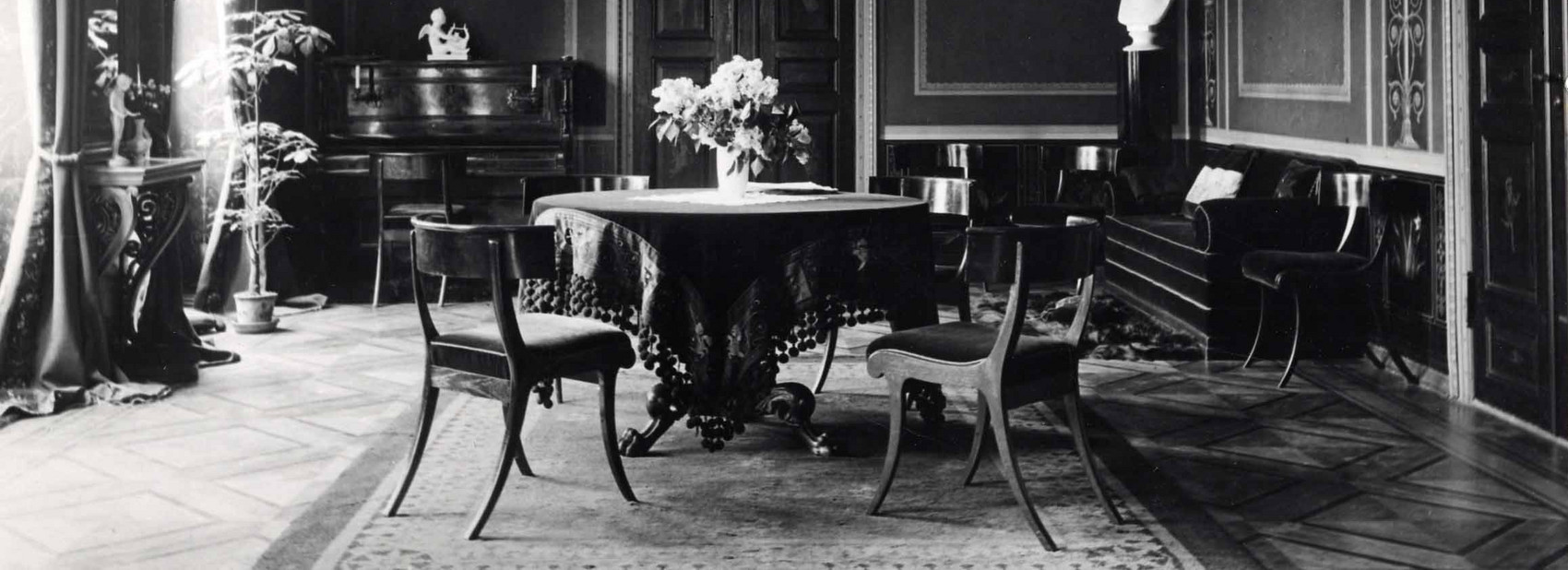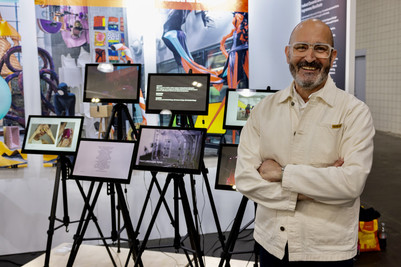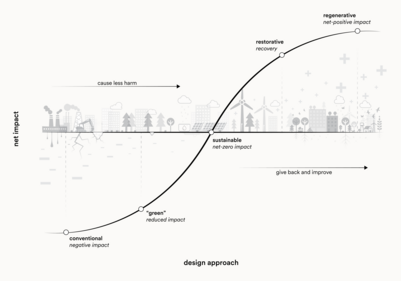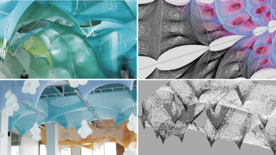

About Centre for Interior Studies
The Centre for Interior Studies examines the interior as a multifaceted and hybrid phenomenon, shaped by and shaping physical, spatial, and design-related aspects alongside social, cultural, political, economic, and virtual dimensions. As the built environment closest to the human body, interiors fundamentally influence our habits, perceptions, and interactions with the world.
Interiors and Societal Change
The interior is deeply connected to societal transformations, including demographic shifts, technological advancements, resource challenges, globalization, and evolving notions of identity and belonging. These changes redefine spatial organization, material practices, and the relationship between public and private spheres, necessitating new perspectives on interior spaces.
From Taboo to Renewed Interest
Historically overlooked in architectural and design discourse, interior studies are now experiencing renewed academic interest. The field integrates tectonic, aesthetic, and morphological considerations with cultural and social dynamics, recognizing interiors as crucial to everyday life and human experience.
Interdisciplinary Approaches
The Centre employs historical, anthropological, and design-driven methodologies to analyze and contextualize interiors. By bridging architecture, design, humanities, and social sciences, our research uncovers how interior spaces act as cultural seismographs, revealing broader societal trends and transformations.
Research and Teaching
Closely linked to the Spatial Design Master’s programme, the Centre fosters a dynamic exchange between research and pedagogy. Students contribute fresh perspectives, while researchers investigate the social, cultural, and material dimensions of interiors.
Key Research Perspectives
- Spatial Anthropologies: Exploring interiors through cultural imaginaries, social relations, and material organizations across diverse sites such as homes, exhibitions, and institutions.
- Interior Histories: Examining the historical evolution of interiors beyond style, focusing on privacy, domesticity, and cultural representation in public and private spaces.
- Interior Tectonics and Space: Investigating construction, materiality, and spatial articulation, questioning how interiors express cultural values and frame human experience.
By critically engaging with interiors as complex spatial and cultural constructs, the Centre for Interior Studies advances knowledge at the intersection of design, society, and lived experience.










